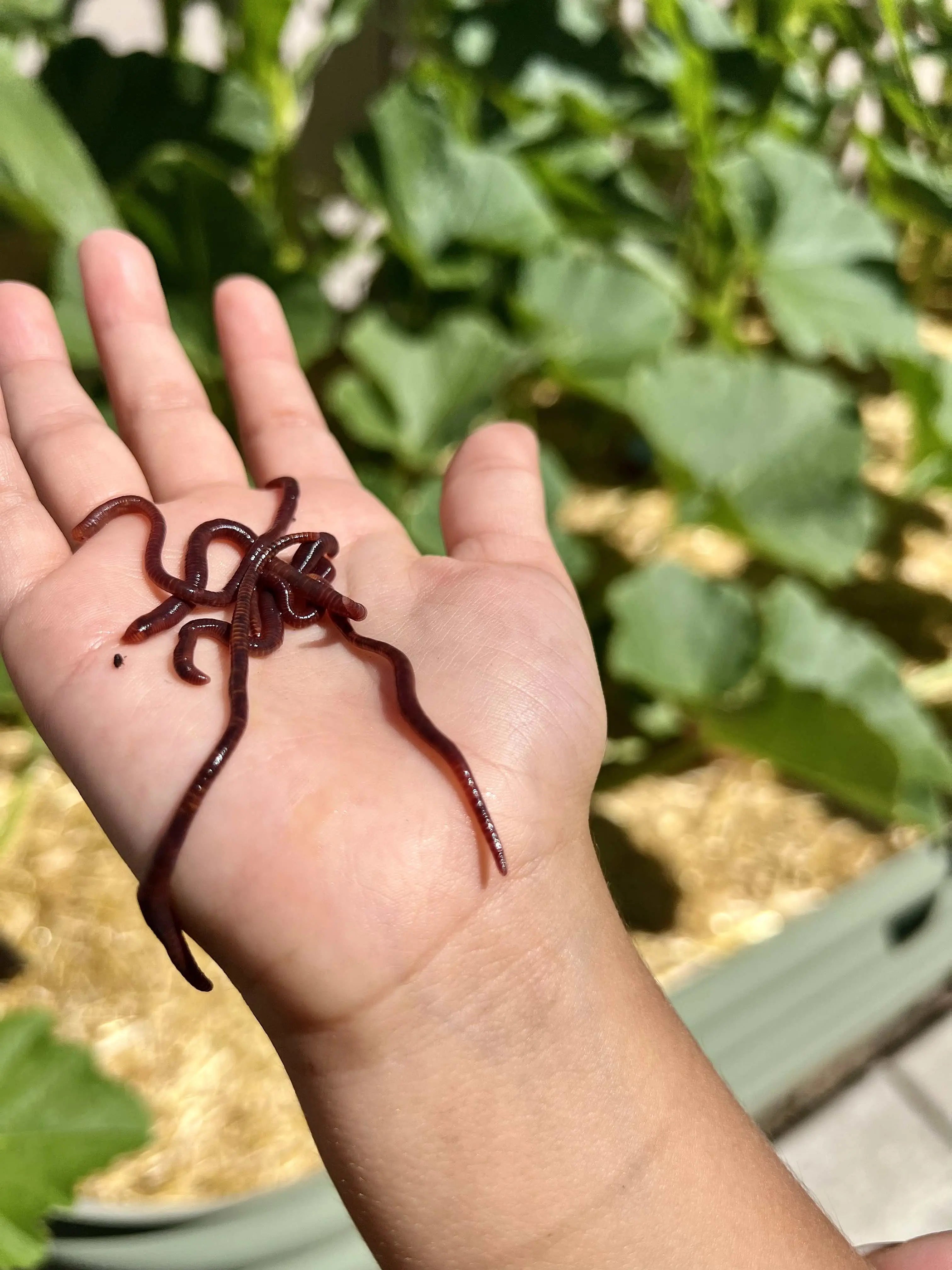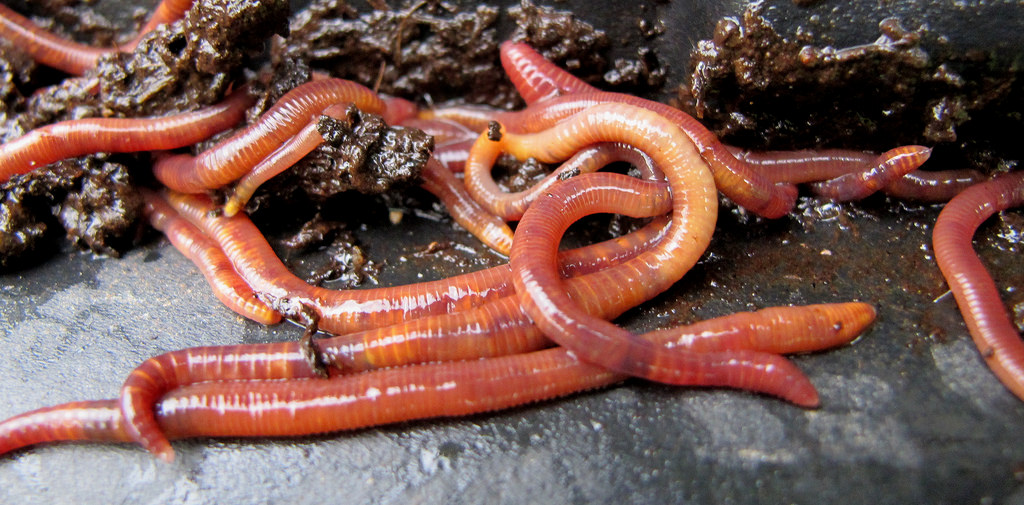Find the Best Products for Lawn Care with Red Wiggler Express for Thriving Lawns
Find the Best Products for Lawn Care with Red Wiggler Express for Thriving Lawns
Blog Article
Red Wigglers: The Unsung Heroes of Organic Waste Recycling
Red wigglers, or Eisenia fetida, offer as vital agents in the natural waste recycling process, changing disposed of materials into beneficial vermicompost. As the globe progressively seeks remedies to deal with waste accumulation and boost farming productivity, recognizing the function of these worms becomes crucial.
What Are Red Wigglers?
The exceptional resilience of red wigglers, medically referred to as Eisenia fetida, underscores their critical function in natural waste recycling. These little, reddish-brown earthworms are typically located in breaking down raw material, such as garden compost piles and manure lots. Lake Hickory Bait. Unlike other earthworm varieties, red wigglers prosper in nutrient-rich environments and are very effective at damaging down natural products, making them crucial for vermicomposting

(Red Wiggler Express)In addition to their function in waste decrease, red wigglers add to soil health and wellness by enhancing dirt structure and aeration with their tunneling tasks (Lake Hickory Bait). Their visibility in composting systems not only enhances decay prices yet additionally promotes a sustainable method to lose monitoring, highlighting their importance in ecological conservation initiatives
Advantages of Composting With Worms
Composting with worms, specifically red wigglers, offers numerous advantages that enhance both waste management and soil health and wellness. First, these worms effectively break down natural waste, converting it right into nutrient-rich vermicompost that enhances soil. This procedure speeds up decay, permitting a quicker recycling of kitchen area scraps and other organic materials contrasted to typical composting approaches.
Additionally, the vermicompost generated by red wigglers is teeming with advantageous microorganisms, which help boost dirt structure, aeration, and dampness retention. This boosts the general health and wellness of plants, promoting strenuous development and boosted yields in yards and farming settings. Furthermore, using worms in composting decreases the manufacturing of greenhouse gases, such as methane, adding to a more lasting waste administration system.

Just How to Beginning Vermicomposting
Establishing a vermicomposting system is a simple procedure that can generate substantial benefits for both waste management and soil enrichment. To begin, choose an appropriate container, such as a plastic container or wood box, with ample ventilation holes to guarantee correct air flow. The dimensions should ideally be about 2 feet by 3 feet, allowing adequate space for the worms to grow.
Following, prepare bed linen product, which can consist of shredded newspaper, cardboard, or coconut coir. This bedding needs to be moistened to develop an appropriate environment for the worms. As soon as the bed linen remains in location, introduce red wigglers (Eisenia fetida) right into the container, generally around one extra pound of worms for each square foot of surface location.
Following the positioning of worms, include natural waste, such as fruit and veggie scraps, coffee premises, and crushed eggshells. With these steps, you will efficiently start a vermicomposting system that adds to lasting waste monitoring and improves your soil.
Maintaining a Healthy Worm Bin
(Red Wiggler Express)Keeping a worm container thriving calls for normal focus and like guarantee the wellness of official statement the red wigglers and the effectiveness of the composting process. Appropriate upkeep starts with monitoring the moisture levels; the container needs to perspire yet not saturated. A great general rule is to maintain a consistency similar to a wrung-out sponge.
Carefully mixing the bedding and food scraps every few weeks prevents compaction and makes certain that all worms have access to oxygen. Additionally, it is vital to feed the worms suitably.
Temperature regulation is another important element. Red wigglers thrive in an array of 55 to 77 levels Fahrenheit. If the container comes to be also hot or cool, the worms might become worried - Lake Hickory Bait. Occasionally inspect for signs of wellness, such as worm populace growth and the visibility of healthy castings. By carefully managing these variables, one can keep a robust and efficient worm bin.
Influence On Sustainable Living
The successful maintenance of a worm container not just profits the health of red wigglers however also contributes considerably to lasting living practices. By reusing natural waste, such as kitchen scraps and yard particles, red wigglers help divert substantial quantities of material from garbage dumps. This decrease in waste not only reduces greenhouse gas exhausts but likewise decreases the environmental concern related to waste monitoring.
Additionally, the spreadings created by red wigglers work as a nutrient-rich natural plant food, enhancing soil health and wellness and promoting plant development. This natural option to chemical plant foods supports sustainable farming and horticulture practices, lowering reliance on synthetic inputs that can hurt environments. Additionally, worm composting cultivates awareness of waste monitoring, motivating individuals and areas to adopt more lasting behaviors.

Final Thought
In summary, red wigglers serve as important factors to organic waste reusing via their reliable disintegration of natural materials. By incorporating vermicomposting right into waste management methods, individuals and communities can substantially minimize waste while promoting environmental sustainability.
Report this page